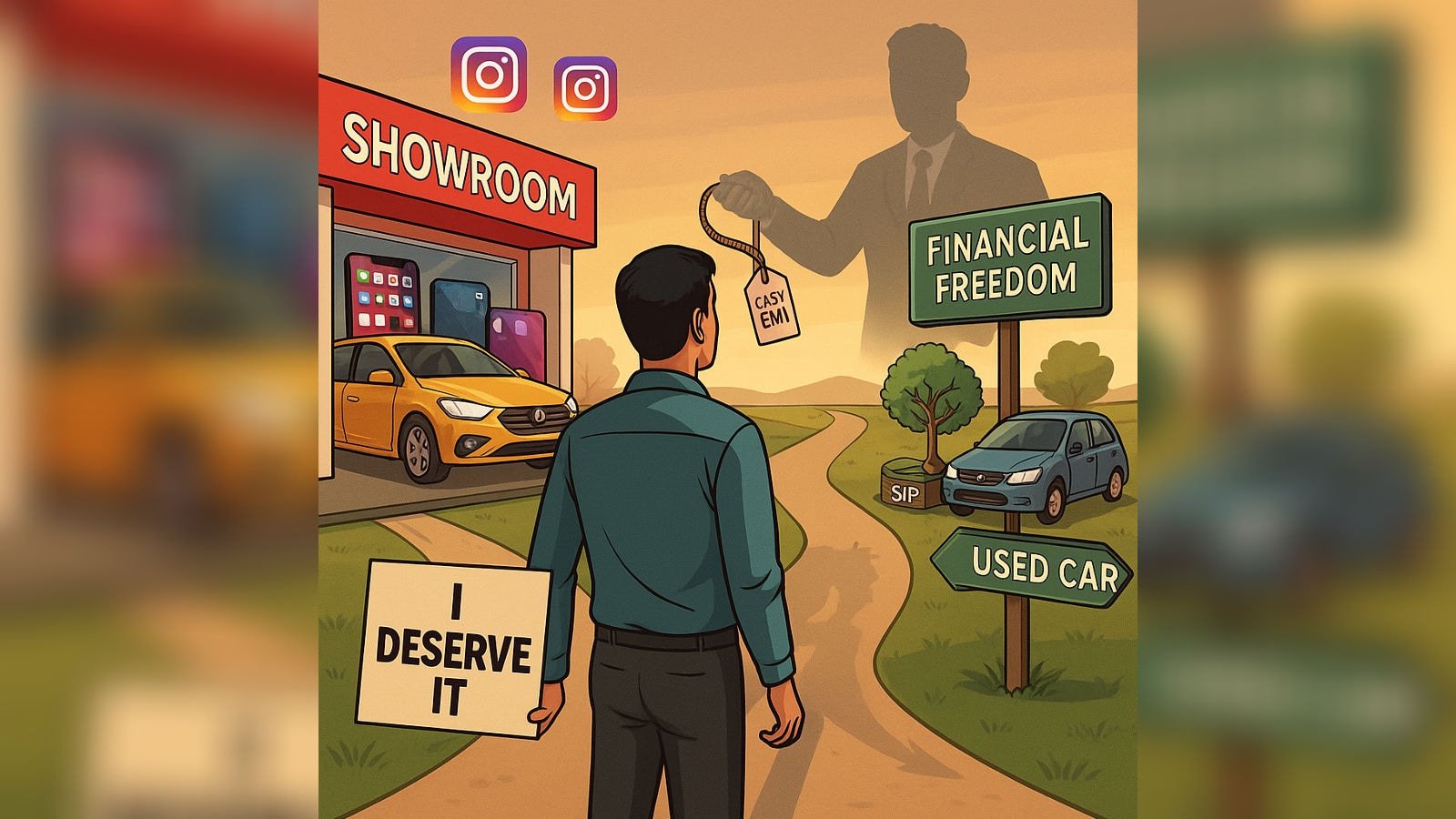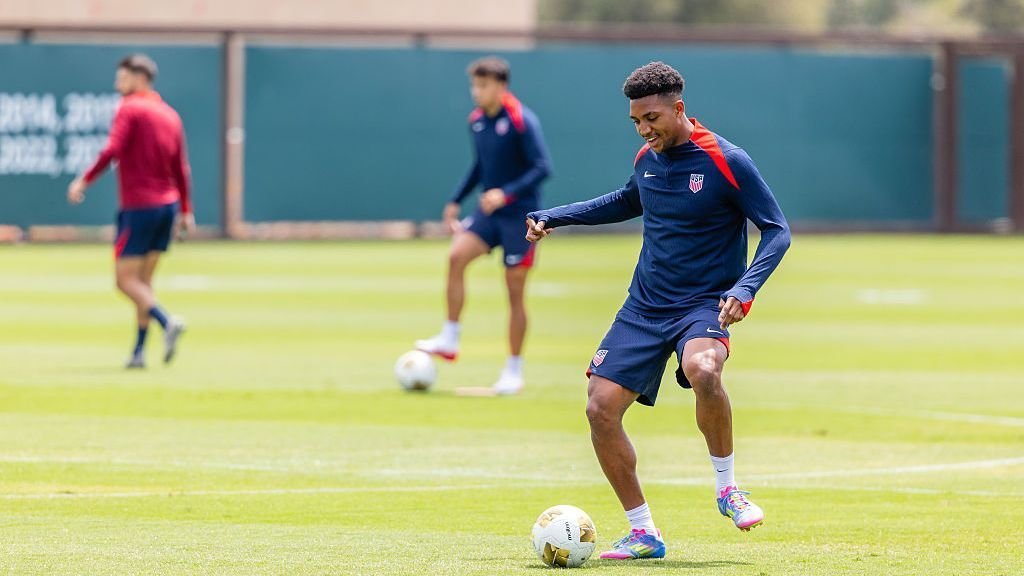Last Updated:June 17, 2025, 11:31 IST
Ultimately, Gosar asserts that the middle class is not trapped by the system but by their own choices.
Social media platforms like Instagram have exacerbated this issue by making individuals feel inadequate, even if they are financially well-off.
In a thought-provoking LinkedIn post, a Data Scientist Monish Gosar, challenges the widely held belief that the middle class is a victim of the financial system. According to Gosar, they are, in fact, willing participants.
Gosar illustrates his point with an example of a friend who earns Rs 15 lakh per annum and pays Rs 45,000 in EMIs each month. Instead of opting for a Rs 3 lakh used car, the friend chose a Rs 10 lakh new car, justifying the decision with “I deserve it.” Gosar argues that this mindset is precisely what banks expect.
Credit card debt in India has doubled to Rs 2.92 lakh crore in the past four years, and personal loans have surged by 75%. However, Gosar points out that no one is forced to accrue this debt; it is a result of individuals choosing instant gratification over delayed wealth. The money spent on luxury items like iPhones and fancy dinners could have been invested in mutual funds or other wealth-building avenues.
Confusing Wants With Needs
One of the critical issues highlighted by Gosar is the confusion between wants and needs. People justify expensive purchases by convincing themselves they are necessities, such as buying a car for office use when, in reality, the decision is driven by a desire for social status and luxury features.
Financial Priorities Driven By Social Media
Social media platforms like Instagram have exacerbated this issue by making individuals feel inadequate, even if they are financially well-off. This has led to a culture of competing with strangers, driving people to make financially irresponsible decisions.
The Real Culprits: Emotional Decisions And Ignoring Basic Math
Gosar notes that many middle-class individuals ignore basic financial mathematics, such as the 36% interest rate on credit cards compared to the 12% returns from mutual funds. Emotional decisions often lead to substantial financial commitments without considering the long-term costs, such as the Rs 3 lakh in total interest paid over five years for an EMI of Rs 18,000.
Ultimately, Gosar asserts that the middle class is not trapped by the system but by their own choices. Banks merely provide the rope; individuals choose to tie the knots. While acknowledging that the system could improve and financial education should be enhanced, he emphasises that every financial decision is a personal choice. Accepting this responsibility is the first step towards making better financial decisions.
A team of writers and reporters decodes vast terms of personal finance and making money matters simpler for you. From latest initial public offerings (IPOs) in the market to best investment options, we cover al…Read More
A team of writers and reporters decodes vast terms of personal finance and making money matters simpler for you. From latest initial public offerings (IPOs) in the market to best investment options, we cover al… Read More
- First Published:
#Middle #Class #Choosing #Debt #Wealth #Post #Triggers #Debate #Savings #Investments #News



